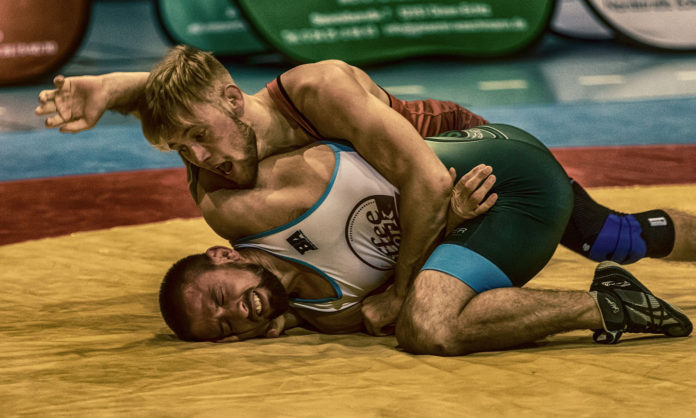
In a guest post on Janice Hardy’s blog, Angela Ackerman says conflict is the key to showing character development. “Does the character run and hide, or blame others for their misfortune?” Ackerman asks. “Will they ask for help when they’re over their head, or view that as weakness? And will they make the hard decisions, and if things go poorly, be strong enough to accept the consequences?”
Conflict reveals the core of your character. It helps them learn and grow by highlighting what they lack. When conflict trips up your character, she’ll try to discover why so that she can avoid this outcome the next time. “This will prompt them to take a hard look at their strengths and weaknesses, and analyze any beliefs, needs, fears, or biases that might have impaired their decision-making,” Ackerman says. “If they identify something holding them back, they’ll make changes so future outcomes are more favorable. This is the key to their growth, and ultimate success.”
Conflict also forces your character to decide how badly they want to achieve their goal. If your hero wants something bad enough, he’ll change. “The closer they get to their goal, conflicts escalate, stakes rise, and there’s less room for failure,” Ackerman writes. “Only by finding their best selves can they maneuver past these harder challenges. They learn to spot fears and flaws that hamper them and discard these in favor of attributes, skills, and knowledge.”
Conflict also reveals what can’t be fixed. “Despite ample opportunities, if a character is unable to let go of past pain, biases, and dysfunctional thinking because their fear is too strong, failures will pile up and they’ll wander farther from who they must become to win,” Ackerman notes. In this case, their attitude and perspective can become increasingly negative, and desperation may cause their moral lines to shift or disappear.”











